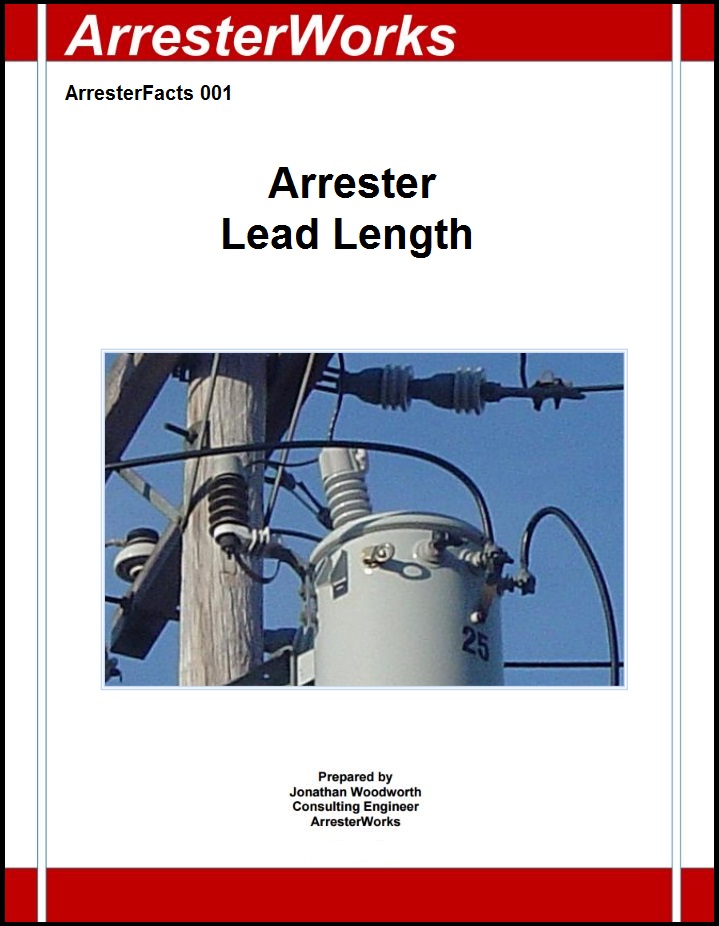
ArresterFacts 001 Arrester Lead Length
Rules to predict the effect of relevant lead length for distribution arresters.
ArresterFacts 001.2 Excel Based Lead Calculator found in Tools & Guildes
|

ArresterFacts 001.1 Quick Take - Zero Lead Length
Downloadable Excel file that graphically shows the effect of lead length on a distribution arrester
ArresterFacts 001.2 Excel Based Lead Calculator found in Tools & Guildes
|
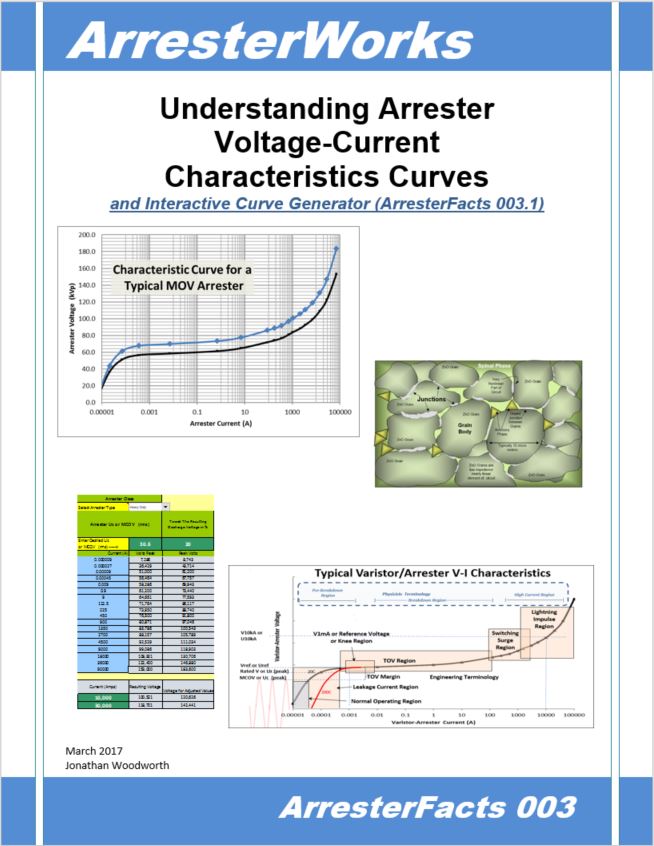
ArresterFacts 003 Understanding Arrester Voltage-Current Characteristic Curves
The Voltage-Current (V-I) Characteristic of an arrester is one of its most important parameters.
With a quick look at an arrester's (or disk's) characteristic curve one can tell the rating of
the arrester, the protective level of the arrester, and indirectly how well it canwill do during
a temporary overvoltage. This ArresterFacts explains all of this in detail.
Companion tool ArresterFacts 003.1 Arrester V-I Characteristics Tool found in the Arrester Modeling Section
|
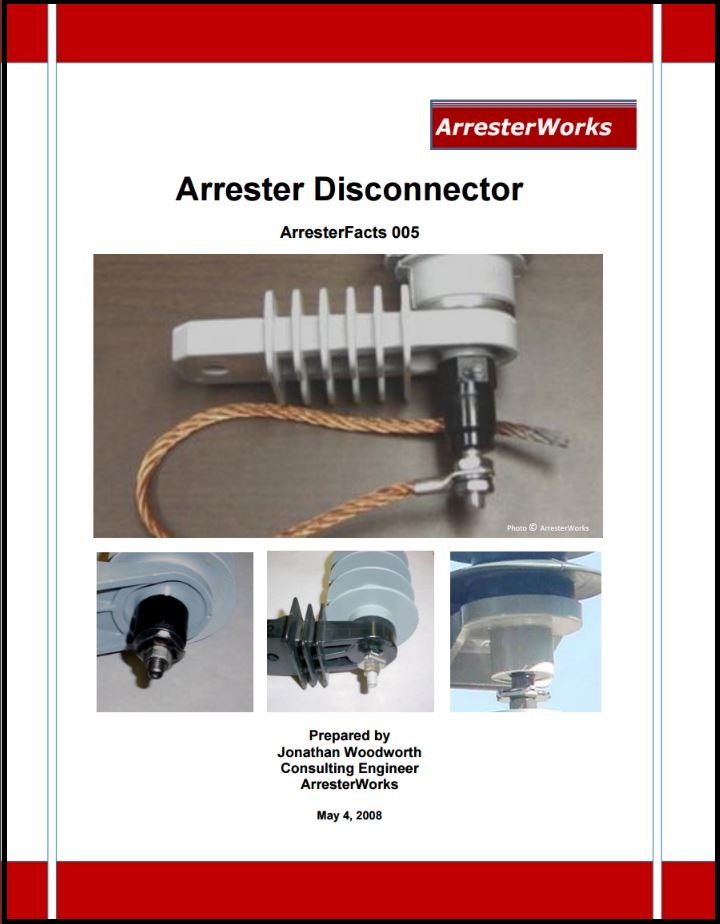
ArresterFacts 005 - Arrester Disconnector
The arrester disconnector is a very important component of arresters used on grounded AC systems to remove the arrester from the system in case of failure.
|
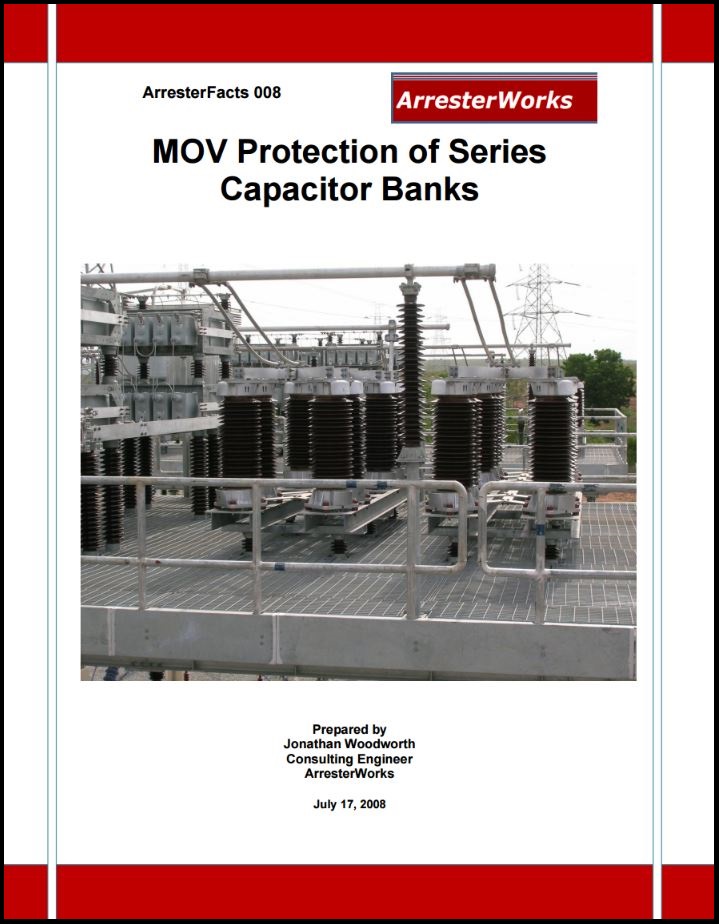
ArresterFacts 008 Series Cap Bank Protection
Application where arresters in parallel are used to protect the capacitors from AC fault current
|
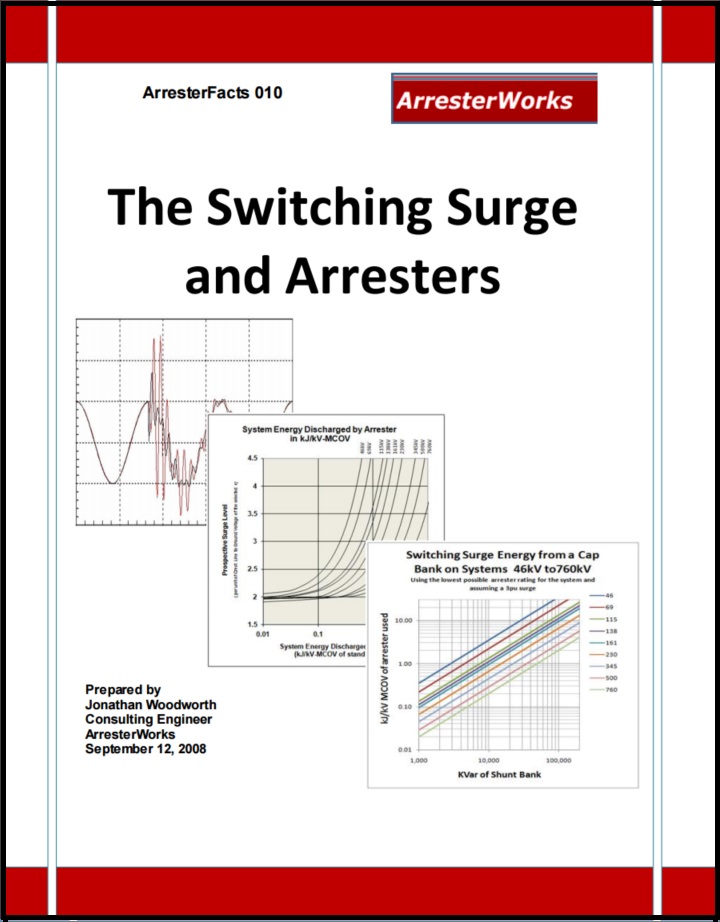
ArresterFacts 010 The Switching Surge
Overview of the effect switching surges have on the power systems and how arresters mitigate that effect.
|
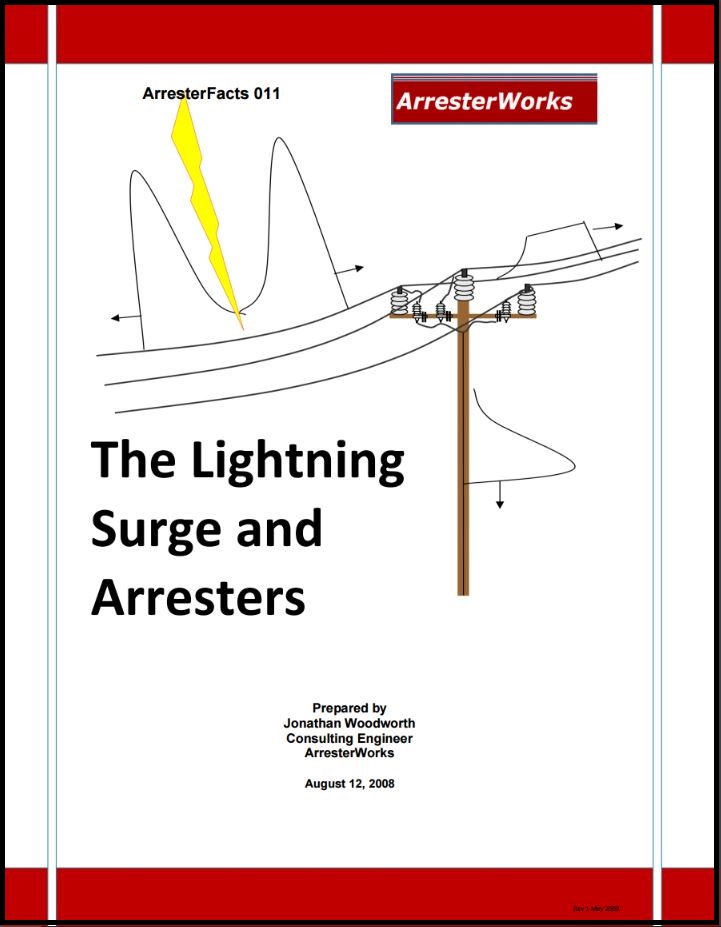
ArresterFacts 011 The Lightning Surge
Overview of the effect lightning surges have on the power systems and how arresters mitigate that effectOutlines the parameters to look for in a good quality animal guard for arresters.
|
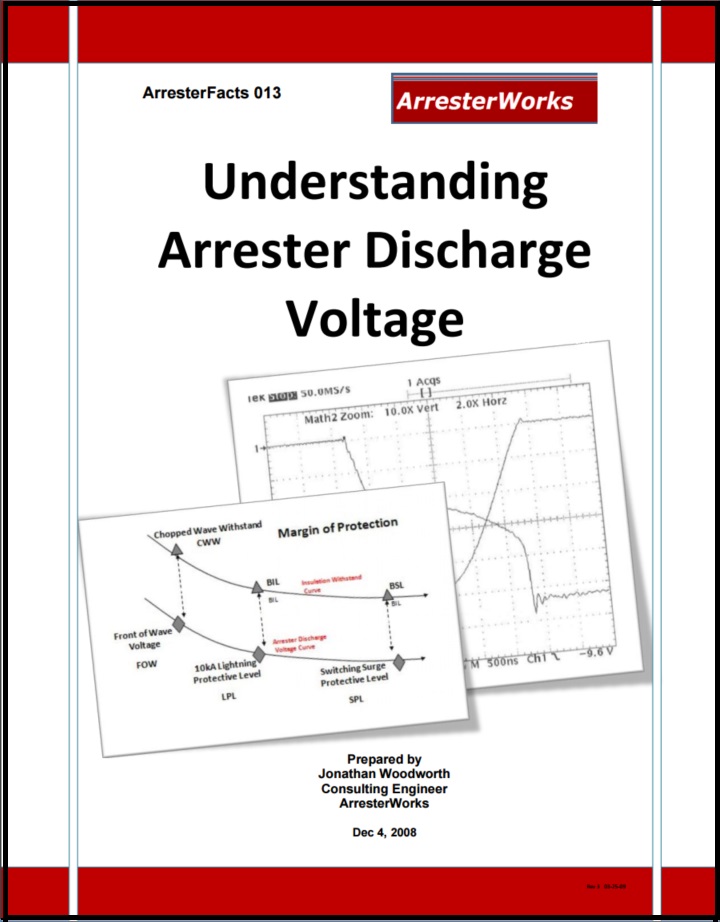
ArresterFacts 013 Arrester Discharge Voltage
Understanding the voltage limiting characteristic of an arrester.
|
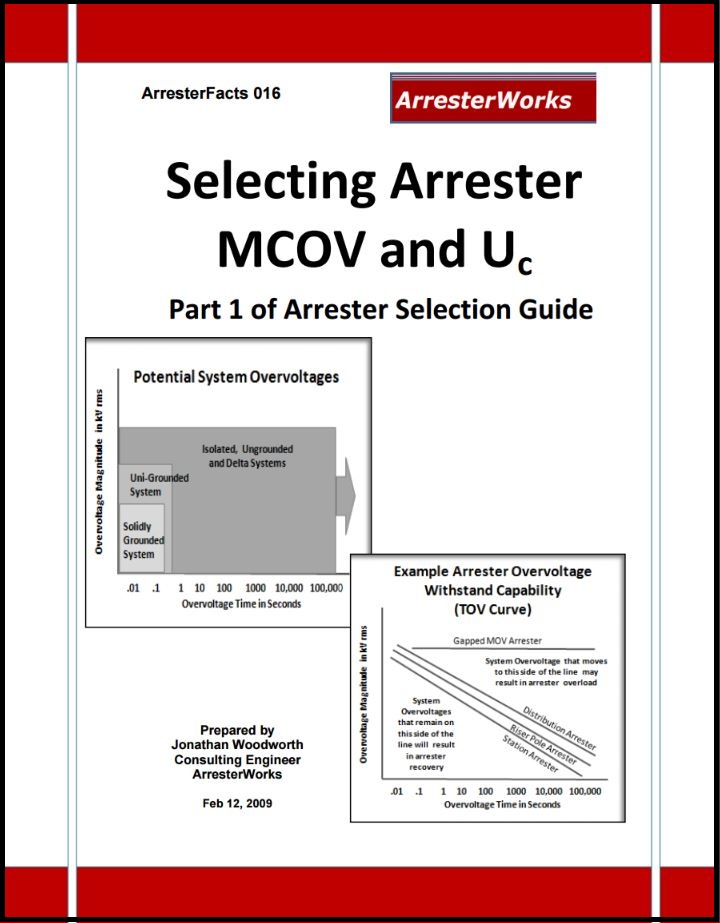
ArresterFacts 016 Selecting Arrester MCOV/Uc
Guides the user through the AC rating selection process for a distribution arrester
|
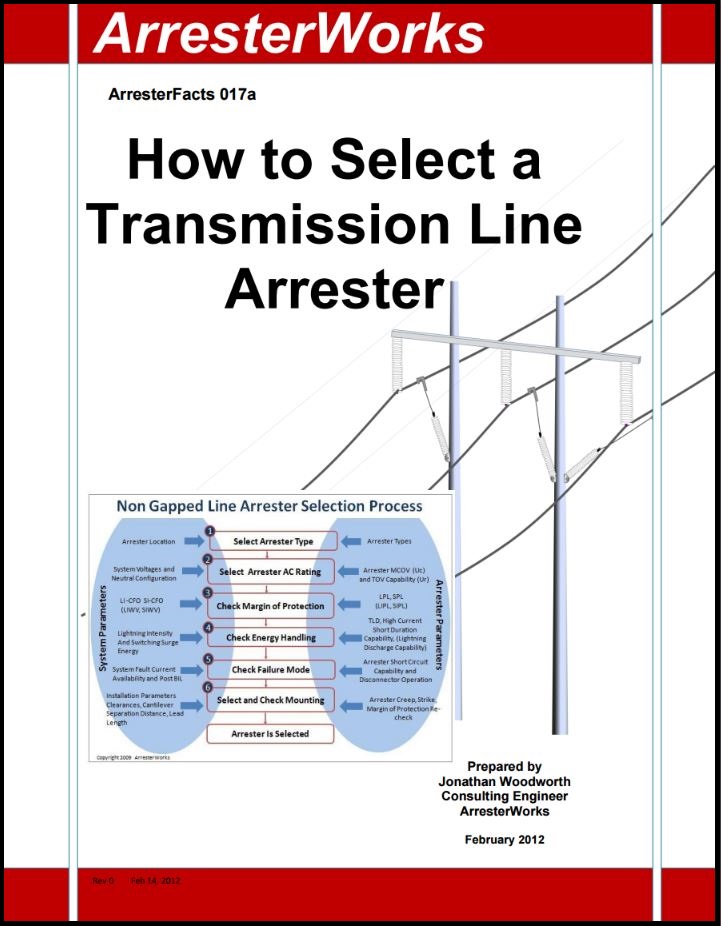
ArresterFacts 017a Transmission Line Arrester Selection Guide
Outlines how to select a Transmission Line Arrester based on system parameters
|
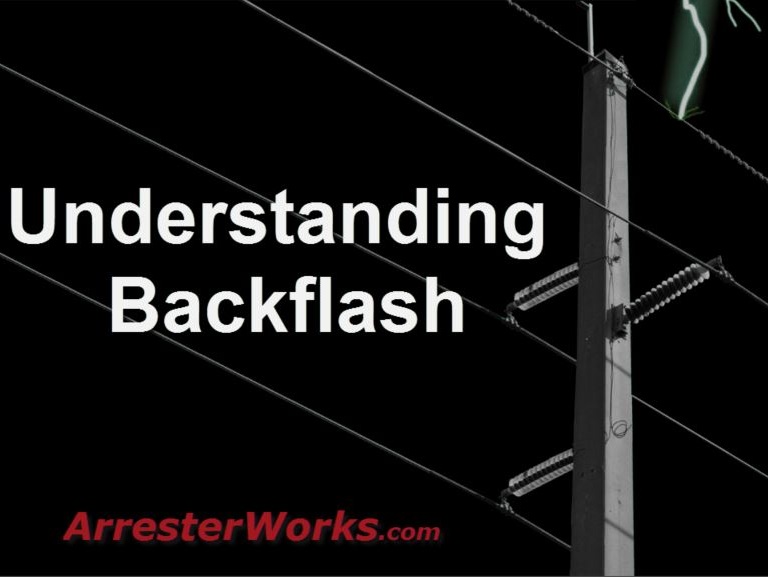
ArresterFacts 017.1 BackFlash Video
Explanation of backflash on a transmission line.
|
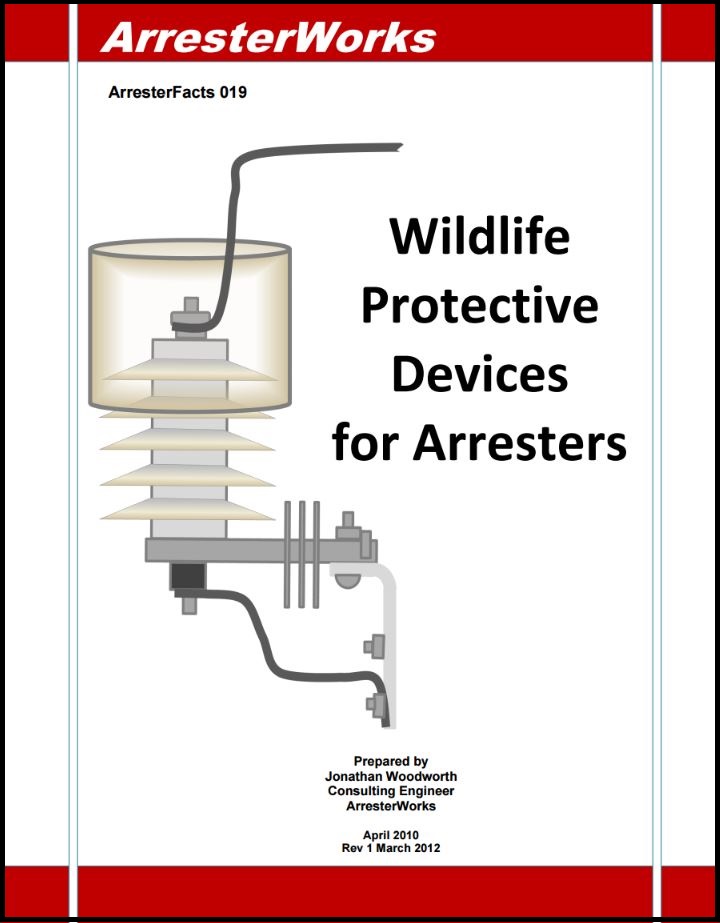
ArresterFacts 019 Wildlife Protective Devices
Outlines the parameters to look for in a good quality animal guard for arresters.
|
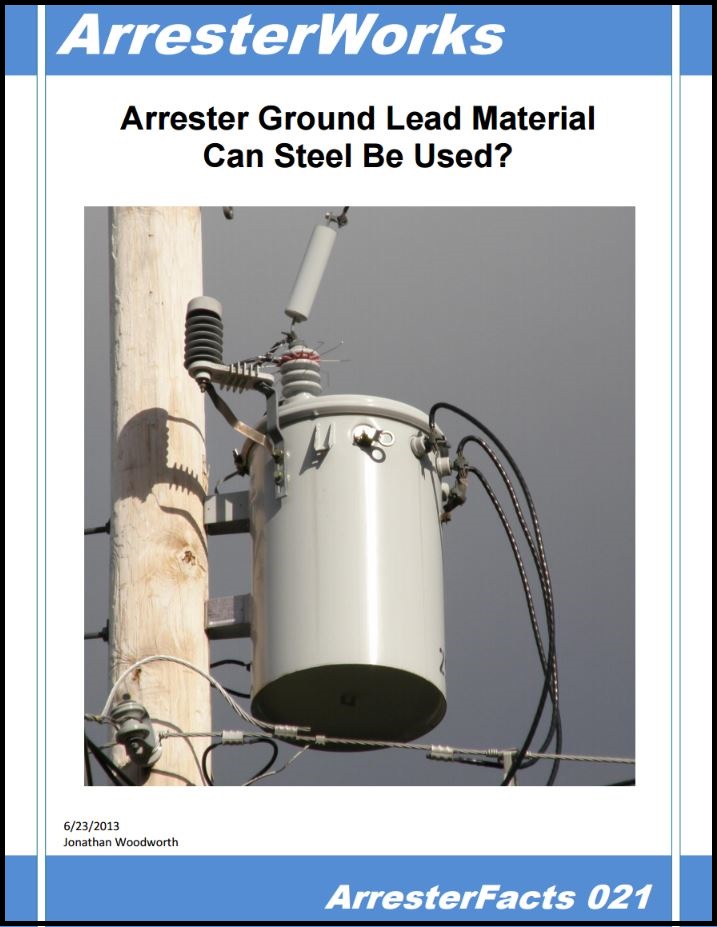
ArresterFacts 021 Arrester Ground Lead Material
Exploration on why steel can be used for ground leads
|
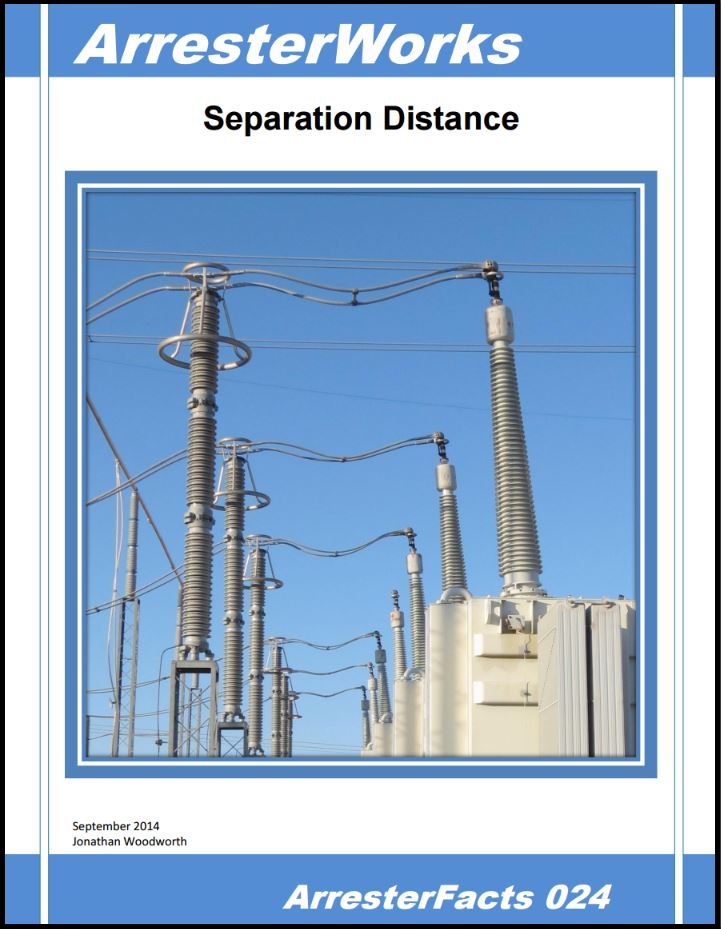
ArresterFacts 024 Separation Distance
Discussion on the optimum distance between the station transformer and the station arrester
ArresterFacts 024.1 Excel based Separation Distance Calculator to calculate the maximum seperation distance maintaining a 15% margin of protection can be found in Tools & Guides.
|
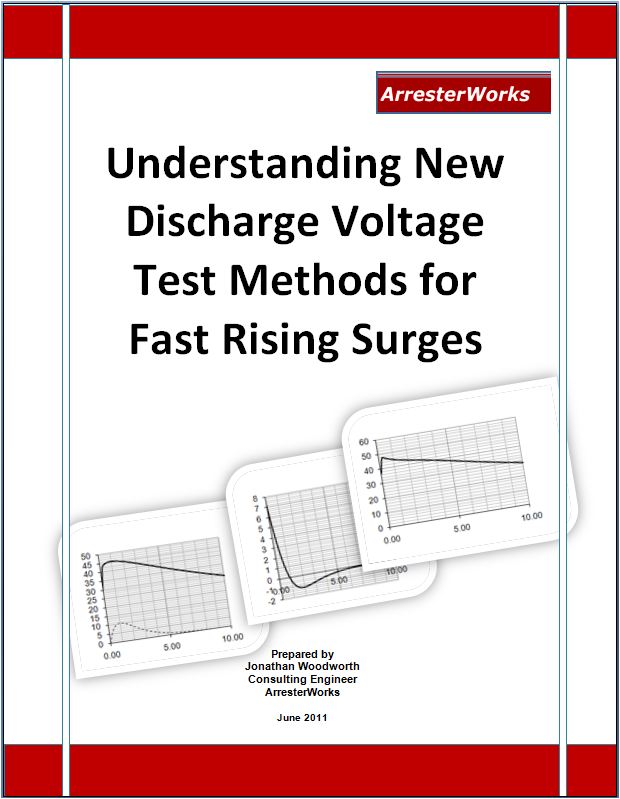
ArresterFacts 026 Discharge Voltage for Fast Rising Surges
Highly technical overview of how to measure the discharge voltage of an arrester with a current impulse that crests in 1us
|
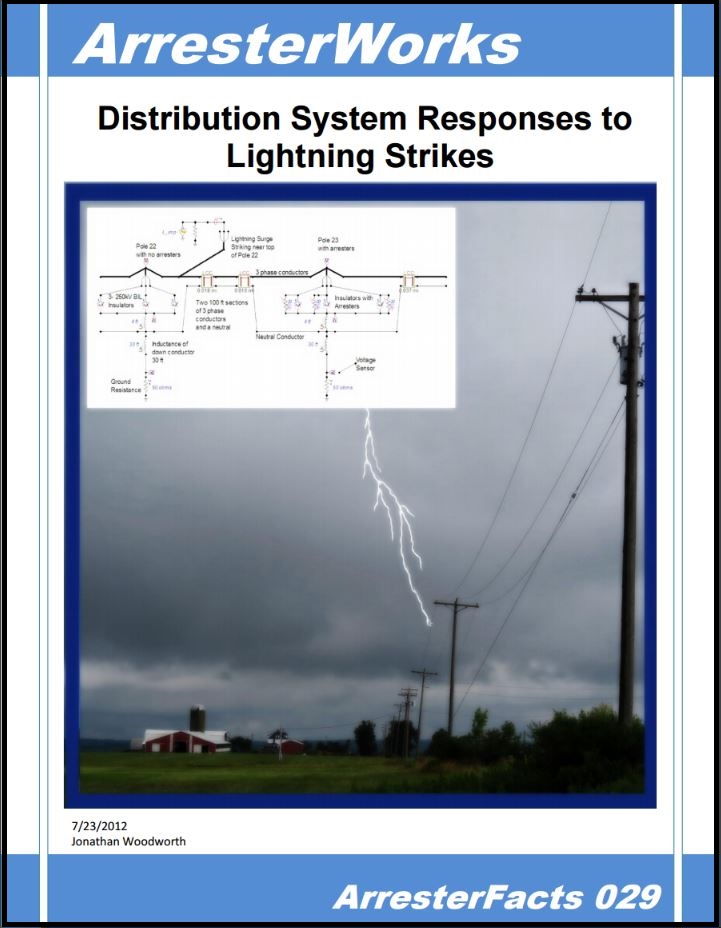
ArresterFacts 029 Protecting Distribution Lines
Overview of transient studies showing the response to lightning strikes on a distribution system.
|
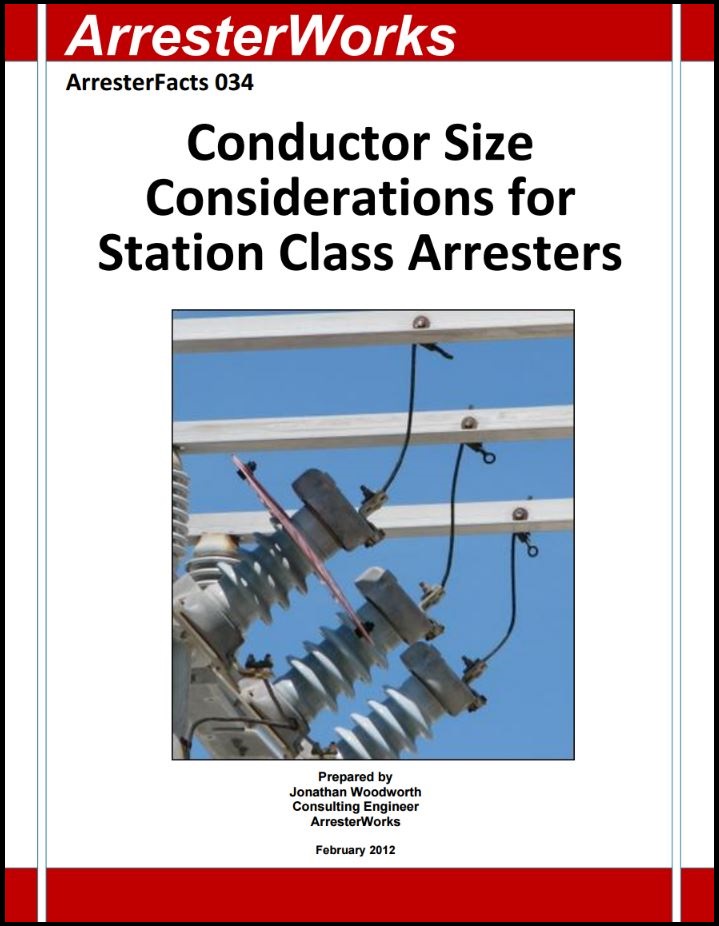
ArresterFacts 034 Sizing Station Arresters Leads
Exploration on why steel can be used for ground leads
|
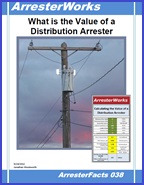
ArresterFacts 038 What is the value of an Arrester
To determine the real value of an arrester we cannot simply look at its cost, but rather we must
look at the effect on a system in its absence.
Also see ArresterFacts 038.1 Calculating the Value of an Arrester in Tools & Guides
|
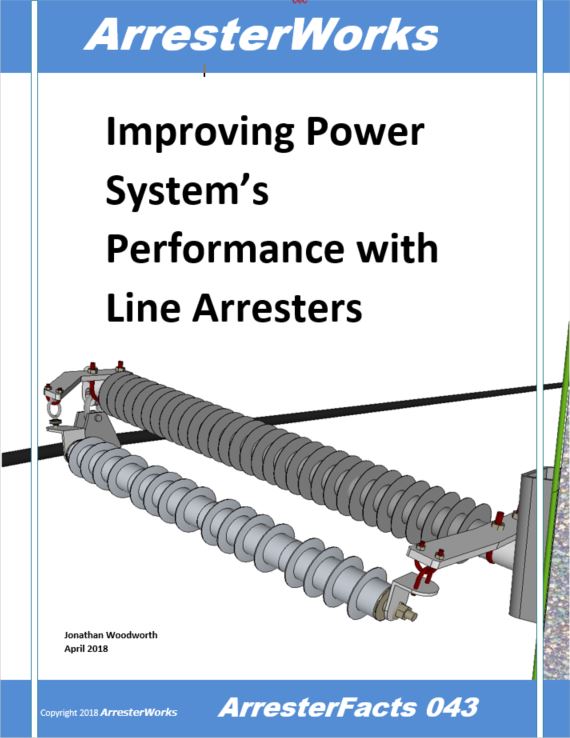
ArresterFacts 043 Improving Power System's Performance with Line Arresters
Overview of transmission line arrester applications that can be used to improve power system’s performance
|
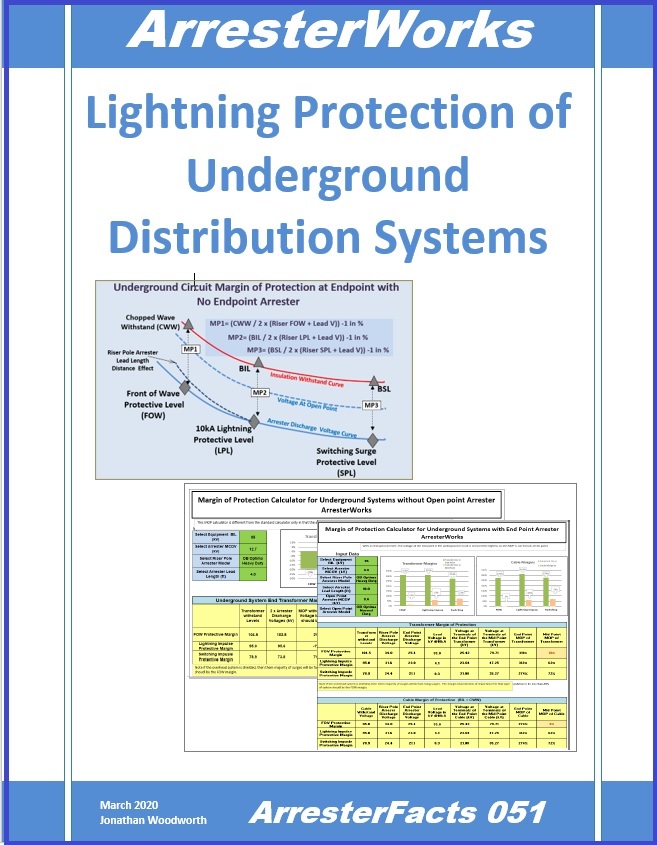
ArresterFacts 051 Lightning Protection of Underground Distribution Systems
The primary objectives in protection of underground circuits is the cable insulation and transformer windings.
In particular, at points in the underground circuit where the voltage is amplified by traveling wave reflections. This ArresterFact
discusses the points of concern and the method of determining the required margin of protection.
Also see ArresterFacts 051.1 Margin of Protection Calculator 2020 in Tools & Guides
|
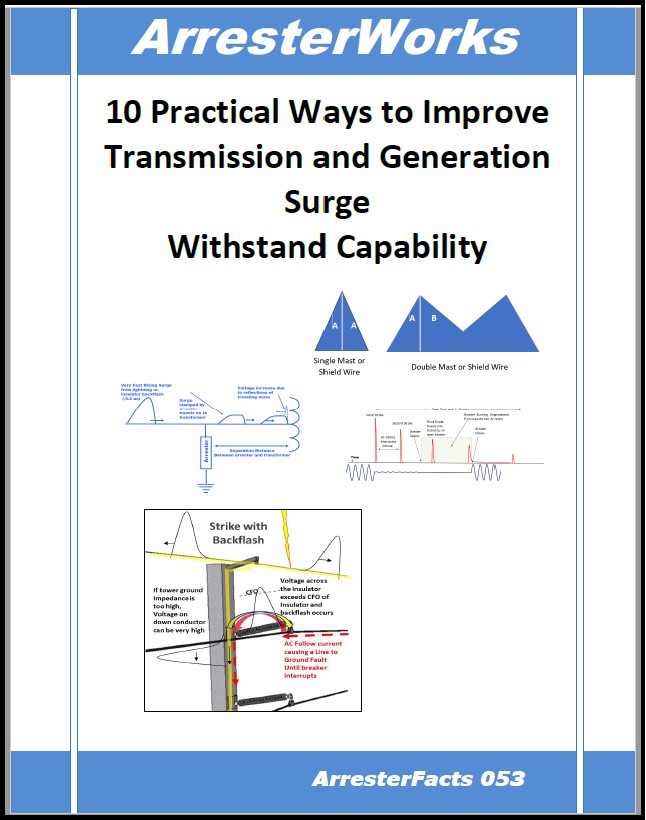
ArresterFacts 053 10 Practical Ways to Improve Power System's Surge Durability
The application of arresters is one of the most effective means of improving a system’s surge protection.
However, for the arrester to be effective it is important that the proper arrester is applied correctly to maximum its protection value.
Likewise, there are other method of protection that can be used to compliment the use of arresters. This article is a check list of
items you should consider if improved system surge reliability is the goal.
|



















